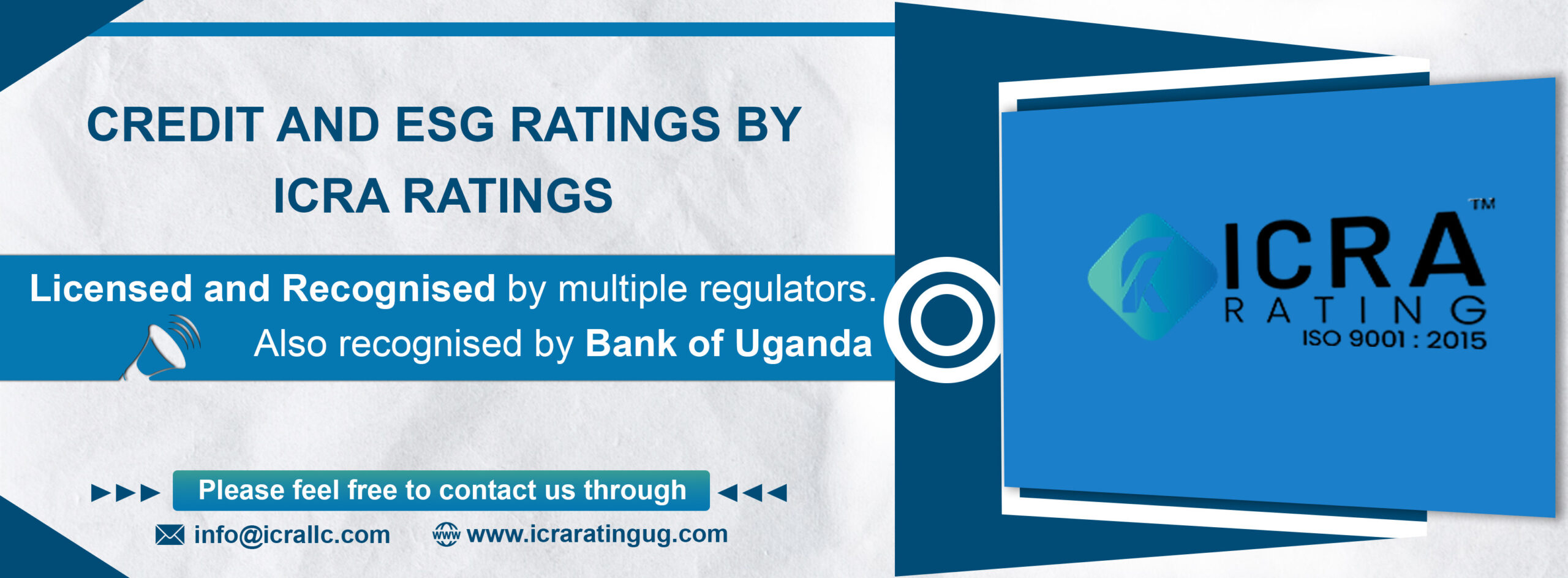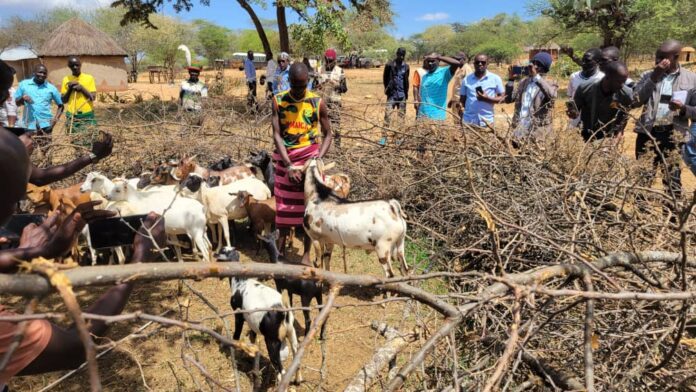For many years, President Museveni has been very passionate about diminishing the levels of poverty and material deprivation among the people of Uganda.
The 2024 census final report shows that Uganda, as of May 2024, had 10.7m households of which 3.5m (or 33%) were living under very depriving poverty while surviving under subsistence means-implying that they can’t afford their basic needs of life.
Because they don’t have that much income to write home about, people in such subsistence agriculture households largely thrive on nature-enabled means of survival such as gathering, hunting and rudimentary agriculture.
Determined to end their deprivation and bring them into the money economy from where they should be able to live a better quality of life and on higher incomes, President Museveni has always designed interventions aimed at addressing the particular income generation needs and challenges of the different gender and age groups, including the elderly, the youth, and women.
These program interventions over the years have included National Agriculture Advisory Services (NAADS), aimed at increasing commercialization of agriculture while making it more competitive, agro-processing, and value addition-responsive; and the Special Enterprise Grant for Older Persons (SEGOP for 60-79 years), aimed at supporting those older persons into income generation activities.
Others include Emyoga that aimed at transitioning 69% of the 3.5 million households in the subsistence bracket into the money economy by way of facilitating them into market-oriented production; Social Assistance Grants for Empowerment (SAGE), which originally gave older persons aged 80 and above Shs25,000 monthly; and Gen Salim Saleh-coordinated Operation Wealth Creation (OWC), which was aimed at transitioning farmers from subsistence to commercial agriculture to end household poverty targeting adults aged 18 years and above and the Youth Livelihood Programme (YLP).
The others are the Uganda Women Entrepreneurship Programme (UWEP), which seeks to improve women entrepreneurs’ access to financial services while equipping them with better value addition skills and those relating to the marketing of their products/services, and finally the Parish Development Model (PDM), which is equally aimed at diminishing the number of households under a subsistence way of life currently standing at 3.5m.
The data collection exercise, which thousands of UBOS enumerators conducted under the banner of the census enumeration exercise of 2024 across the country, has since culminated in the production of the final survey report, which unearthed shocking findings about the alarmingly limited impact these multi-billion interventions have had on the intended beneficiaries.
THE DETAILS:
When it comes to PDM, whose detractors and saboteurs among local government leaders upcountry the President has been threatening to punish, the census final report shows that of the 3.5m households that had been targeted at the program’s inception, only 832,746 households had been impacted or benefited from the same intervention as of May 2024.
This is the information the enumerators collected from the program’s intended beneficiary households by asking direct questions.
The Secretary to Treasury Ramathan Goobi, who is one of Uganda’s eminent economists who influenced the President to go into PDM, says that as of 22nd November 2024, Shs2.06trn had been disbursed in the districts and cities through the 10,589 parishes or wards that had been authenticated and validated to facilitate the Parish Development Model activities.
The UBOS census report also shows that 638,561 of the 832,746 benefiting households had been male-headed, and a mere 204,185 were female-headed households.
And to their credit, the local government leaderships of the Sebei subregion have been credited for doing so well to ensure that their region has the highest number of PDM beneficiaries, whereby 76% of the intended households there had been impacted or received the PDM cash as of May 2024. The worst-performing under the PDM impact is the Busoga subregion, which the census report puts at 14.3%!
Given the hype and huge investment (in trillions) that has gone into the program for whose success all government bureaucrats have been called upon and urged to sacrifice, PDM being able to impact only 24% of the intended beneficiaries so far won’t be good politics for President Museveni and his ruling NRM government on the eve of a major election that 2026 is promising to be.
The only relieving news is the fact that this statistic is related to what had happened or transpired during the 12 months preceding the census month of May 2024. This basically implies the April 2023 and April 2024 period.
Equally true is the fact that even the other similarly targeted interventions (already explained and particularized above) aren’t doing any better, according to the 351-page census final report.
SAGE is established to have impacted only 18% of older persons aged 80 and above in the targeted households. Emyoga is at 0.4%, NAADS (which has since been disbanded) at 0.4%, YLP targeted at emancipating the youths aged 18-30 at 0.4%, SEGOP at 7%, OWC at 0.4%, and UWEP at 0.5%.
It’s predictable that President Museveni, who has previously publicly professed being a relentless consumer of UBOS data and statistics which many other serious leaders, researchers and policymakers equally take very seriously given the Bureau’s long established credibility, will be seriously reflecting and prudently acting on these findings rather than taking offence and being angry at the messenger.
Gratefully, he too had already been raising the red flag on especially extortionists whose diversionary acts he vowed to vigorously push back against or else they frustrate and fail his otherwise well-resourced and well-intentioned programme interventions aimed at reducing the number of households under the subsistence bracket.















